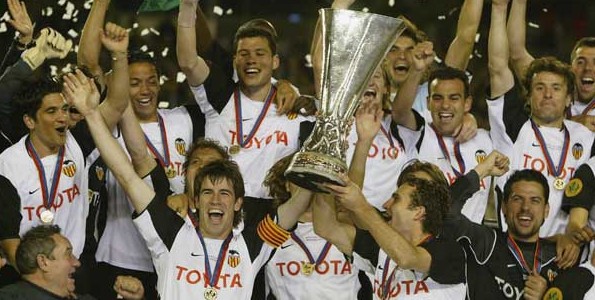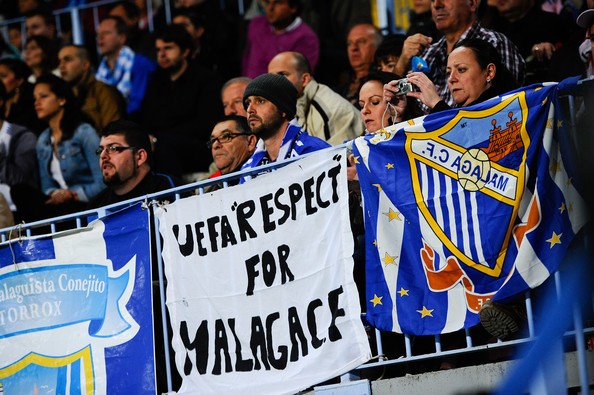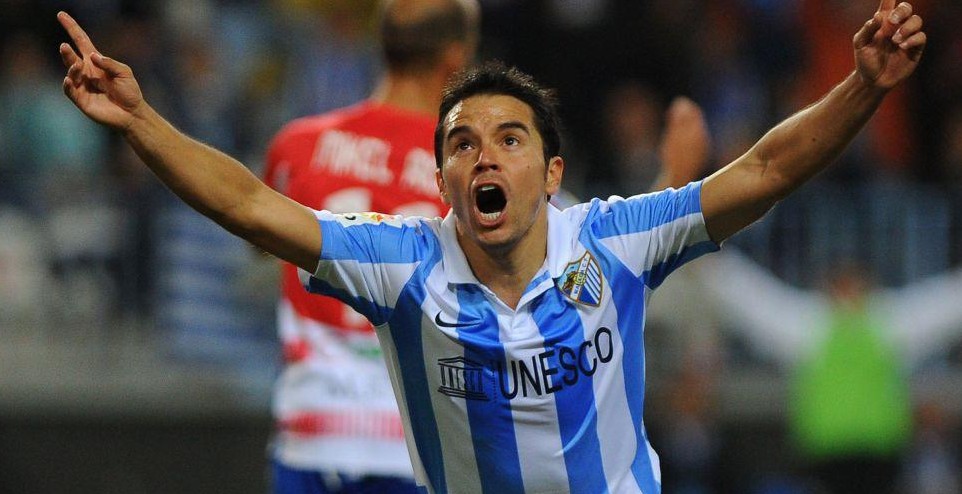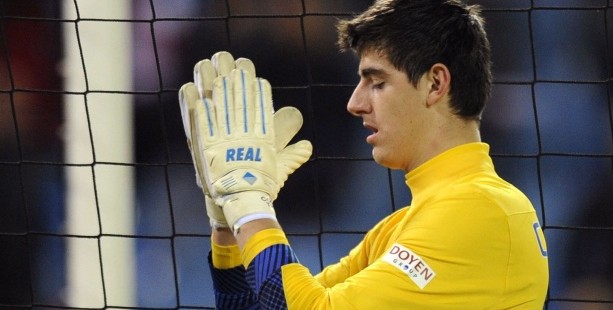- S.D. Eibar ready for maiden La Liga outing
- SD Eibar stengthen ahead of debut La Liga season
- Can ‘Super Mario’ live up to expectations in Madrid?
- MAN IN THE GROUND – Brentford 0 – 4 Osasuna
- Historic Basque derby welcomes S.D. Eibar to La Liga
- Munich to Madrid, via Brazil – Tony Kroos
- Rakitic in Spanish Switch
- Can Spain find redemption in Rio?
- Viva Espana! A season of redemption for Spanish football
- From the old to the new: who can fill the void in years to come for La Roja?
Valencia, Debt and the Nou Mestalla (Part One)
- Updated: 3 December, 2011

Just to the north of Valencia lies the modest parish of Benicalap. As far as Spanish towns go, it is as typical as you can get; country fields surround a modern urban centre.
Yet in that town lays a construction site which is a stark reminder of the financial recession’s profound effect on football.
Almost like a ghost the stadium sits, its concrete foundations dominating the landscape. A striking figure barely half complete, the Nou Mestalla was full of promise.
With 75,000 seats it would become the eighth largest arena in club football; and at last cement Valencia’s place as Spain’s third club, and very possibly, with the right management allow Los Che to break Barcelona and Real Madrid’s control over La Liga once again.
Very rarely have Madrid and Barcelona been so dominant, there have been longer periods with only the two taking the title but competition was stronger, Atletico Madrid, Deportivo la Coruña, Sevilla and Athletic Bilbao all came close.
In this current seven year spell of domination only one team has broken into the top two, with Frank Rijkaard’s time at Barcelona drawing its inevitable conclusion, Villarreal pounced and split the two in 07/08.
Since then however the ex-Barcelona captain and youth team coach Josep Guardiola has taken the reigns, and Barcelona have become arguably the greatest club to ever play the game.
Real Madrid haven’t done too bad either; the second coming of Florentino Perez brought the Galacticos Mark II. They broke the world record transfer fee at £56 million with the purchase of Kaka and a little time later before they broke it again by signing Cristiano Ronaldo for £80 million.
Madrid had to wait another season to finish the project by bringing in European Champion Jose Mourinho, and improvement followed with the nine times European cup winners reaching the Champions League quarter finals for the first time in seven years.
The rest of La Liga and has sat back in awe, most and occasionally all, closer to relegation than the title.
Seven years have passed since another team won the league, that team coincidently, was Valencia, Rafael Benitez’s Valencia.
A shock appointment with Benitez low down on the list of managerial targets after spending his previous years in the second tier of Spanish football, Rafa’s team epitomised the analogy of a well-oiled machine, every single player understanding their role to the full extent goals and assists came from the whole squad. Complacency was never an issue in the clubs league winning campaigns and the second of which also saw success in the UEFA Cup, winning the final 2-0 against Marseille.
One of the highest points in the clubs history could have been followed by further success on the pitch but off it tensions grew between Benitez and Director of Football, Jesus Garcia Pitarch mainly over signings which culminated in the former moving to Merseyside in 2004.
Valencia have since strived but failed to reach the heights achieved under Benitez.
Claudio Ranieri, Quique Sanchez Flores and Ronaldo Koeman followed the Spaniard but none came near him, Ranieri underwhelmed, Flores maintained and Koeman failed.
During this period Valencia weren’t patient; managers and players were shipped out without second thought, and those at the top where plotting the best way to return the club to its former glories.
It was then the idea of a new stadium arose.
An increase from 45,000 seats to 75,000 would raise the clubs profile, increase profit, exploiting the benefits of being the third most supported club in Spain. The idea of the Nou Mestalla grew.
It made perfect sense, this was the step to allow the club to at least compete with Barcelona and Real Madrid, success off the pitch would in turn create success on it breaking out of the top divisions theoretical second league and into the first with the two big guns.
The then president Juan Soler finalised plans late in 2006 and work began less than a year later. Everything was falling into place.
With a factory of technically gifted players either bought in or promoted from the youth ranks, Valencia where one of the greatest counter attacking teams on the planet, most famous at the time for David Villa, Vicente and David Silva.
The club still to this day, mould the likes of Roberto Soldado and Ever Banega, and will no doubt continue with Jordi Alba and Victor Ruiz.
Continuity was common place not just in the squad but also the fan base. A team that for a long time could beat any on its day, a new stadium would create a boost to take the final step.
As the first strides were taken in towards the Nou Mestalla’s creation in August 2007, the first signs of recession where also appearing.
As spades hit the ground and bricks were laid, banks all over the world began to panic, billions of dollars being pumped into the biggest names to help liquidity.
The belt tightened around Valencia’s hopes of a better future and problems would soon surface. The promises made by then president Juan Soler were proving too much too soon.
A Copa Del Rey victory aside; Ronald Koeman’s disastrous stint as manager the following season certainly didn’t help; the highs of the La Liga titles and Champions League nights were long gone when Koeman was eventually sacked, leaving his team in severed danger of a nightmare scenario.
Relegation to the segunda was looming…
Follow @icentrocampista






You must be logged in to post a comment Login